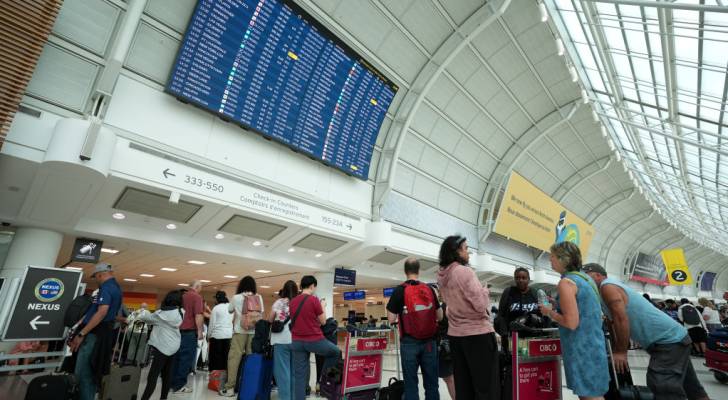
Even amid global uncertainty and economic shifts, Canada’s airports continue to prove their vital role in the nation’s prosperity. A new study from the Canadian Airports Council (CAC) found that 61 airports across the country supported 435,800 full-time jobs and generated a total economic output of $123.5 billion in 2024.
“At a time of global uncertainty and economic change, this report reaffirms what our members and communities have long understood: Airports are not only essential transportation hubs but also powerful economic engines,” Monette Pasher, president of the CAC, said in a statement. “They are essential to ensuring that Canada remains connected, competitive and ready to meet the challenges of a shifting global environment.”
Growth from 2016
The report also reveals just how deeply Canada’s airports are woven into the fabric of the national economy. In 2024 alone, these 61 airports paid out $32.9 billion in wages and contributed $49.6 billion directly to the country’s GDP, underscoring their role as powerful job creators and economic catalysts.
Compared to a similar report in 2016, the gains are striking. Airport-driven employment has surged by 22.8%, while annual economic output has grown by more than 56%. Total wages paid have also climbed sharply, up nearly 50% over eight years.
“This growth is a testament to the resilience of the aviation sector and its vital role in connecting Canadians, supporting local businesses and enabling trade,” said Monette Pasher, president of the Canadian Airports Council. “As we look ahead, continued investment in airport infrastructure and policies that support sustainable growth are essential.”
Regional airports
For many communities, regional air service isn’t just a convenience — it’s a vital lifeline. These flights connect people to essential services, open doors to trade routes and unlock economic opportunities that might otherwise be out of reach. The report highlights just how powerful this connection can be: a single regional flight has the potential to support up to 210 jobs and generate an impressive $41.2 million in economic output.
Yet, despite their importance, many regional and remote airports are still feeling the ripple effects of the COVID-19 pandemic, with fewer flights and less activity than before.
“This study shines a spotlight on the outsized economic role airports play every single day,” Pasher noted. “With the right support and investment, airports have the power to do even more — creating jobs, boosting trade, encouraging tourism, and building long-term prosperity for communities across the country.”
This article provides information only and should not be construed as advice. It is provided without warranty of any kind.